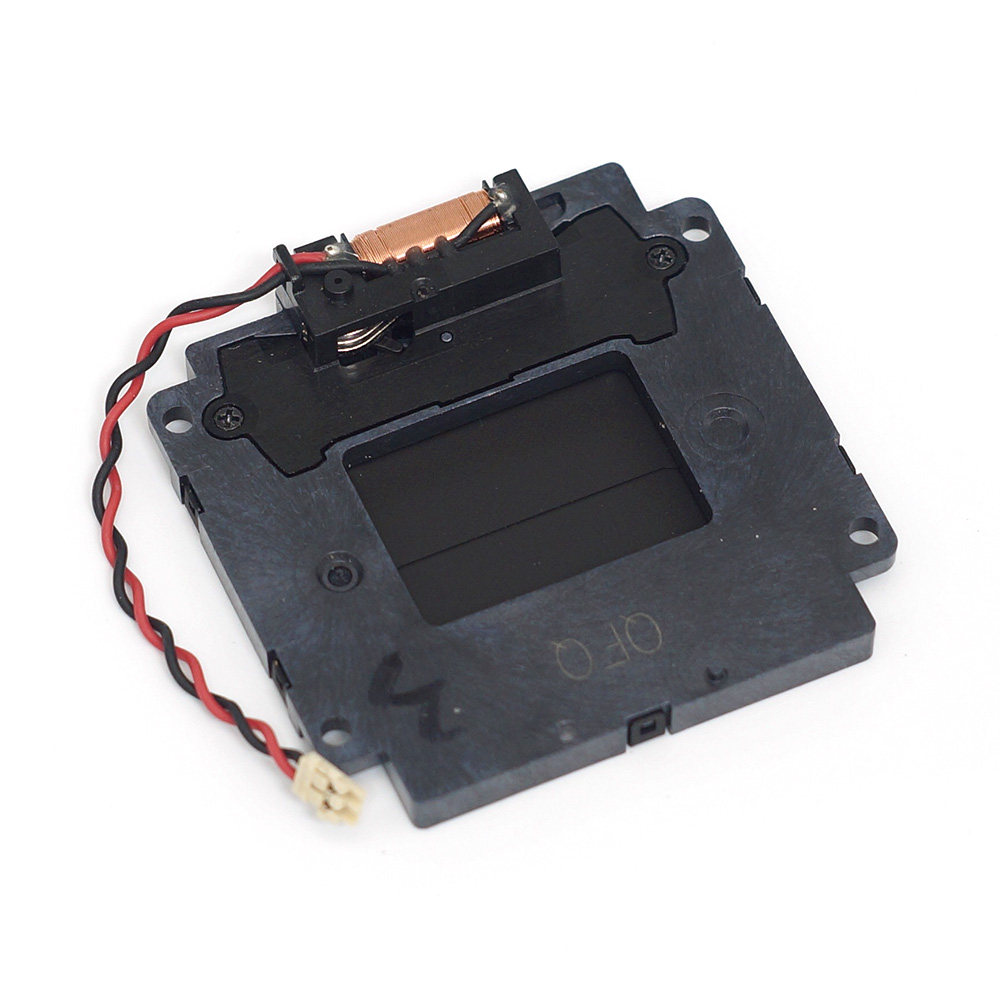Smart cars today use cameras, radars, and lasers to “see” the road. However, these tools often fail at night or in bad weather like fog and rain. To solve this, Chinese automakers like BYD, GAC Aion, and Great Wall Motors are now using infrared thermal imaging—a tech once limited to luxury cars.
Why Infrared Works When Other Sensors Fail
First, infrared detects heat, not light. This means it can:
Spot pedestrians or animals in total darkness,
See through fog, smoke, or heavy rain,
Ignore glare from headlights or sun.
For example, while regular cameras might miss a pedestrian in a dark alley, infrared highlights their body heat. As a result, drivers get warnings earlier, cutting crash risks.
How BMW’s Infrared Shutter Technology Makes Night Driving Safer Than Ever
How China Made This Tech Affordable
In the past, infrared systems were too expensive for most cars. But thanks to uncooled infrared tech (no bulky cooling parts), costs dropped by 50% since 2020. Additionally, Chinese suppliers like Shenzhen Kuyang now make key parts like infrared shutters cheaper. These shutters, used by global brands like FLIR, keep sensors accurate in tough conditions.
Shenzhen Kuyang, a leader in infrared shutter manufacturing, provides standardized and customized solutions trusted by global giants like FLIR Systems, ADASKY, and Arrow Optoelectronics. Their precision shutters ensure optimal performance in thermal imaging cores, enabling automakers to deliver reliable night vision systems at scale.
https://kytechno.en.alibaba.com
https://www.facebook.com/people/Kuyang/61566592433774/

Why This Matters for Everyday Drivers
Today, cars like BYD’s Tang EV offer night vision as standard. Compared to luxury models like BMW’s 7 Series, this makes safety tech accessible to millions. Moreover, infrared works alongside cameras and radars, creating a safety net. For instance, if a camera is blinded by rain, infrared still “sees” the road.
https://www.quora.com/profile/KUYANG-4
What’s Next?
Looking ahead, China’s push for self-driving cars will need infrared even more. While it won’t replace radars or cameras, it fills critical gaps. In fact, brands like NIO are already testing combined systems. Soon, night vision could be as common as backup cameras!

